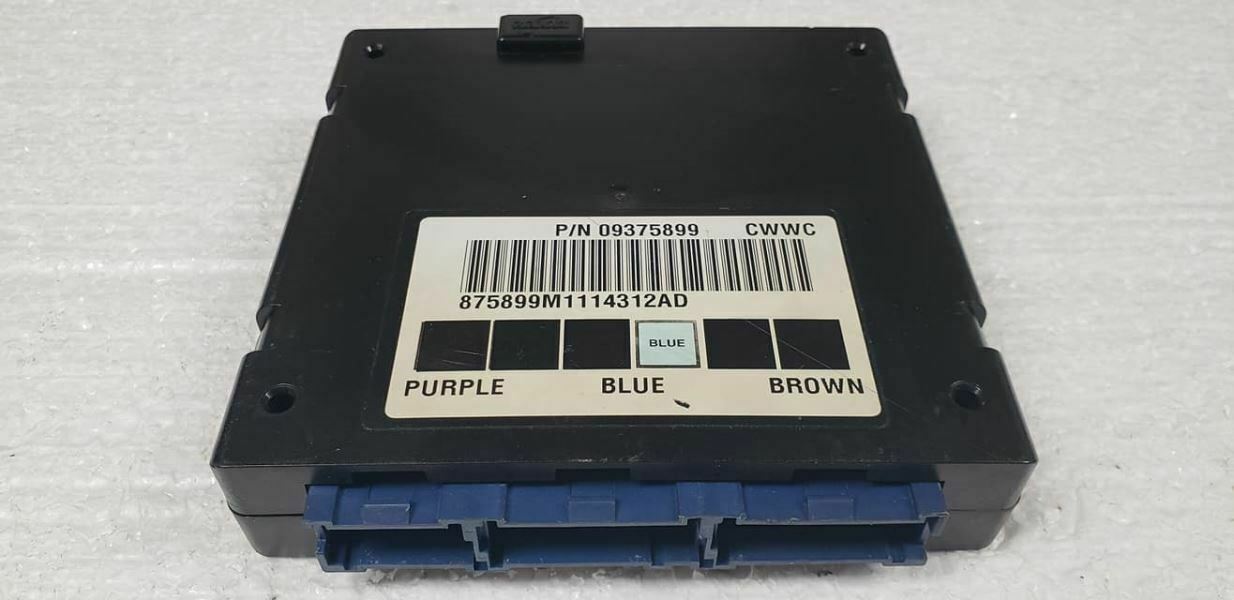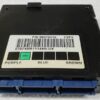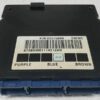Restore Your Truck’s Electrical System with a Plug-and-Play Solution
Are you tired of chasing electrical gremlins in your 2001 GM truck or SUV? Flickering interior lights, power windows with a mind of their own, a security light that won’t turn off, or even a frustrating no-start condition can all point to one culprit: a failing Body Control Module (BCM). The BCM is the central command center for your vehicle’s body electronics, and when it fails, it can cause a cascade of bizarre and unpredictable problems. Instead of facing a costly trip to the dealership for diagnostics and programming, we offer a straightforward, reliable fix.
This BCM is professionally programmed to your vehicle’s specific Vehicle Identification Number (VIN) before it ships. We flash it with the latest GM software updates, ensuring optimal performance and compatibility. This means no expensive scan tools or dealer appointments are required for programming. It’s designed to get your truck back to 100% functionality with minimal downtime.
A Technician’s Notebook: The Silverado with a Ghost
I remember a 2001 Silverado 2500 that came into my bay with a list of symptoms that sounded like a haunting. The owner said the dome light would flicker while driving, the radio would sometimes cut out, and occasionally, the truck just wouldn’t start—no crank, nothing. He’d already replaced the battery and checked the alternator. My initial scan showed a handful of communication error codes (U-codes) pointing to a network issue. After checking the main power and ground connections to the BCM under the driver’s side dash, I found they were solid. The issue was internal to the module itself. These early 2000s BCMs are notorious for solder joint failures. We installed one of our pre-programmed modules, and every single issue vanished. It’s a classic failure I’ve seen dozens of times, and a reliable programmed module is the fastest, most effective repair.
Is Your Truck Showing These Symptoms?
- ✔ Erratic or non-functional power windows, door locks, or mirrors.
- ✔ Interior dome lights or dashboard lights flickering or staying on.
- ✔ The security or anti-theft light is illuminated, preventing the engine from starting.
- ✔ Inconsistent or non-working radio and climate controls.
- ✔ False warnings on the driver information center (e.g., “Service 4WD”).
- ✔ Communication-related Diagnostic Trouble Codes (DTCs), such as U0140.
- ✔ The vehicle won’t start, but the battery and starter are known to be good.
A Straightforward Guide to Your 2001 Yukon BCM Installation
- ✔ Safety First: Always disconnect the negative terminal from your vehicle’s battery and wait a few minutes before beginning work.
- ✔ Locate the BCM: On most of these GM trucks and SUVs, the BCM is located under the driver’s side of the dashboard, often to the left of the steering column.
- ✔ Disconnect and Remove: Carefully unplug the electrical connectors from the old BCM. They have locking tabs that need to be depressed. Once disconnected, unbolt or unclip the module from its mounting bracket.
- ✔ Install the New Module: Mount your new, pre-programmed BCM in the same location. Securely plug in all the electrical connectors, ensuring they click into place.
- ✔ Reconnect Power: Reconnect the negative battery terminal.
- ✔ Perform Final Checks: Turn the key to the ‘On’ position and test all body functions—windows, locks, lights, radio, etc. Start the vehicle to ensure it runs correctly. Note the post-installation procedures below.
Important Post-Installation Steps
While our cloning service handles the main programming, some vehicle systems may require a ‘handshake’ with the new BCM. Please be aware of the following potential procedures:
- Airbag System Sync: If your airbag warning light is on after installation, a simple ‘Setup SDM Primary Key in BCM’ procedure is needed. This requires a professional-grade scan tool to sync the modules and clear the light.
- Brake Pedal Position Relearn: On some models, a brake pedal position sensor relearn may be required to ensure proper brake light operation and to prevent issues with the traction control system.
Disclaimer: Specific procedures can vary by vehicle. Always consult a factory service manual or a qualified technician for guidance.
Guaranteed Fitment for Your GM Truck or SUV
This Body Control Module is a direct replacement for part numbers 09375899, 9392990, 09370249, and 19180223. It is confirmed to fit the following 2001 models:
- 2001 Chevrolet Tahoe (4×2, ID 9392990)
- 2001 Chevrolet Silverado 1500, 2500, & 3500 Pickup
- 2001 Chevrolet Suburban 1500 & 2500 (ID 9392990)
- 2001 GMC Sierra 1500, 2500, & 3500 Pickup
- 2001 GMC Yukon (4×2, ID 9392990)
- 2001 GMC Yukon XL 1500 & 2500 (ID 9392990)
How does the programming service work?
It’s simple. After you complete your purchase, you will provide us with your vehicle’s 17-digit VIN. Our technicians will then program this BCM with the latest GM software specific to your exact vehicle configuration. It arrives at your door ready for installation.
Do I need to send my old BCM to you?
No. This is a cloning service, not a repair service. We program a replacement module and ship it to you. We do not require your original module, so there is no core charge and no need to ship your old part.
Will this fix my no-start problem?
If your no-start issue is caused by the factory anti-theft system (Passlock) being triggered by a faulty BCM, this module is the correct solution. Our programming ensures the new BCM is correctly matched to your vehicle’s security system.
What if the airbag light comes on after I install it?
This is a known possibility. It simply means the new BCM needs to be electronically introduced to the airbag module (SDM). A procedure called ‘Setup SDM Primary Key in BCM’ can be performed by any competent repair shop with a bi-directional scan tool to resolve this.
Is this hard to install myself?
For someone with basic mechanical skills, this is a very manageable job. The BCM is typically accessible under the driver’s side dash and held in with a few bolts or clips. The main challenge is working in a tight space. No special tools are needed for the physical replacement.



